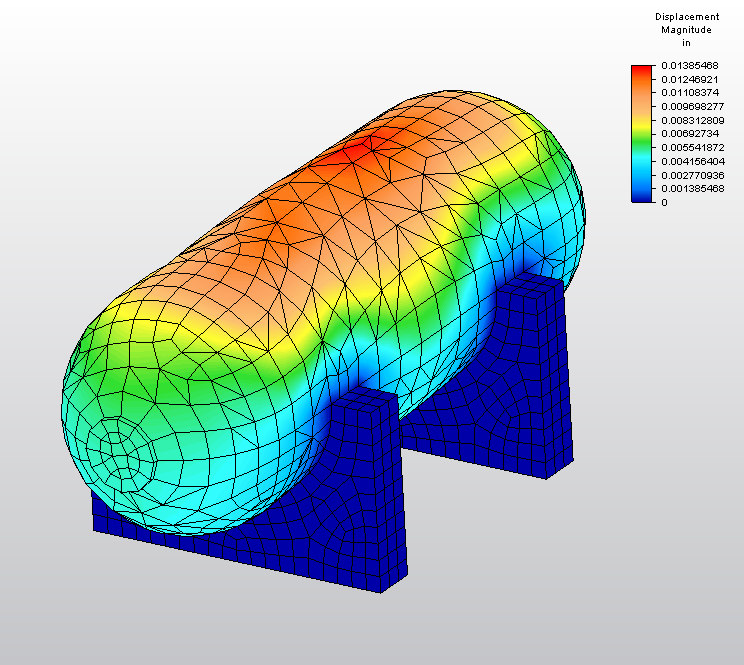Have you ever stopped to think about the complexity behind computational simulations? Often, we are tempted to blindly trust the results presented by software, without considering the nuances and limitations involved. But should we really place our trust without reservations?
Recently, I encountered a situation that perfectly illustrates this issue. While conducting an extremely simplified simulation, with incorrect boundary conditions and an excessively high mesh size, I realized how easily results can be distorted. And then I asked myself: would you trust your life to simple results presented in an image?
The truth is that simulation software are powerful tools, capable of providing valuable insights and accelerating complex processes. However, they are only as good as the information we provide them. If the boundary conditions are incorrect or if the mesh is not adequate, the results can be inaccurate, potentially dangerous.
It is important to understand that the development of technical knowledge goes far beyond knowing the basic functions of simulation software. It involves a deep understanding of underlying principles, the ability to interpret and validate results, and the skill to apply critical judgment at every step of the process.
Therefore, the next time we encounter a set of simulation results, let’s remember that there is much more than just an image. There is a vast field of knowledge, experience, and discernment that cannot be replaced by an algorithm. It is in this space that true reliability and safety reside.
Rererences:
Li, Jeremy. (2012). Computer Aided Modeling and Simulation of Nanomaterials to Improve Structural Pressure Vessel Performance.



